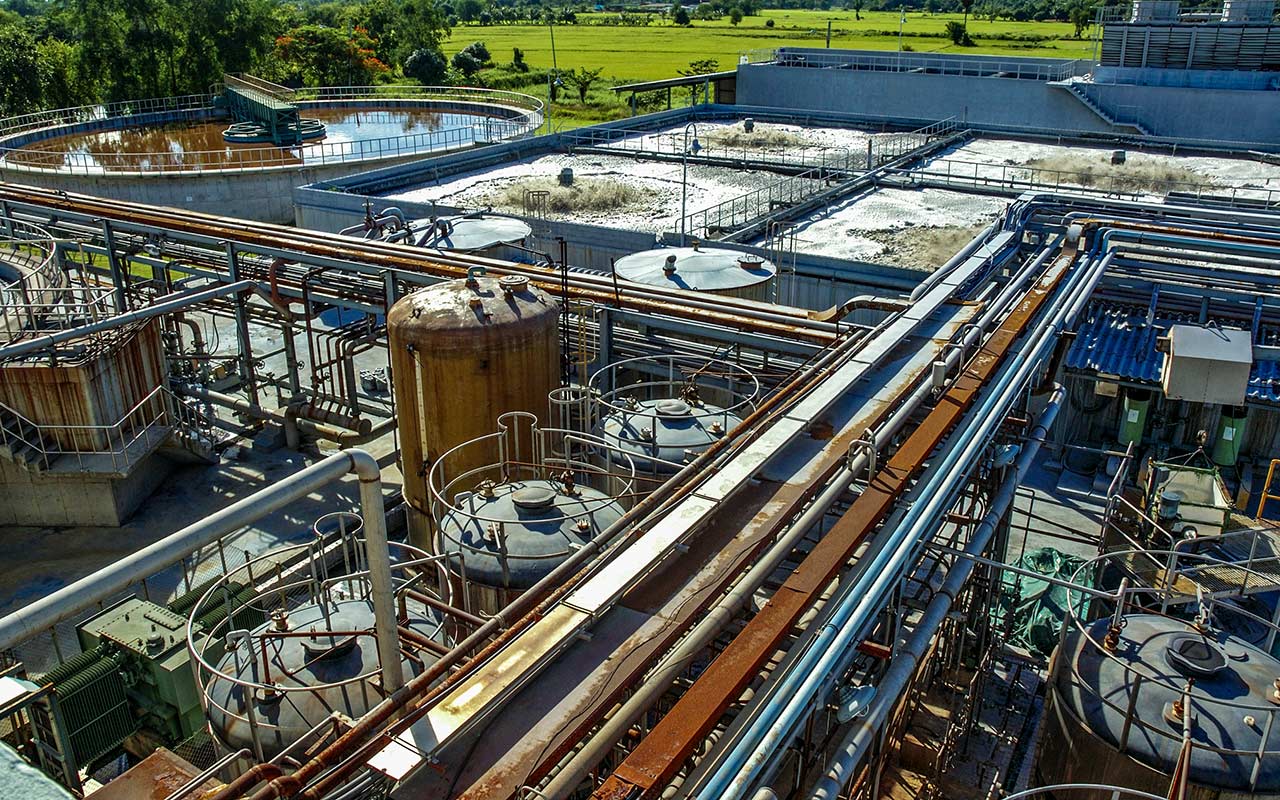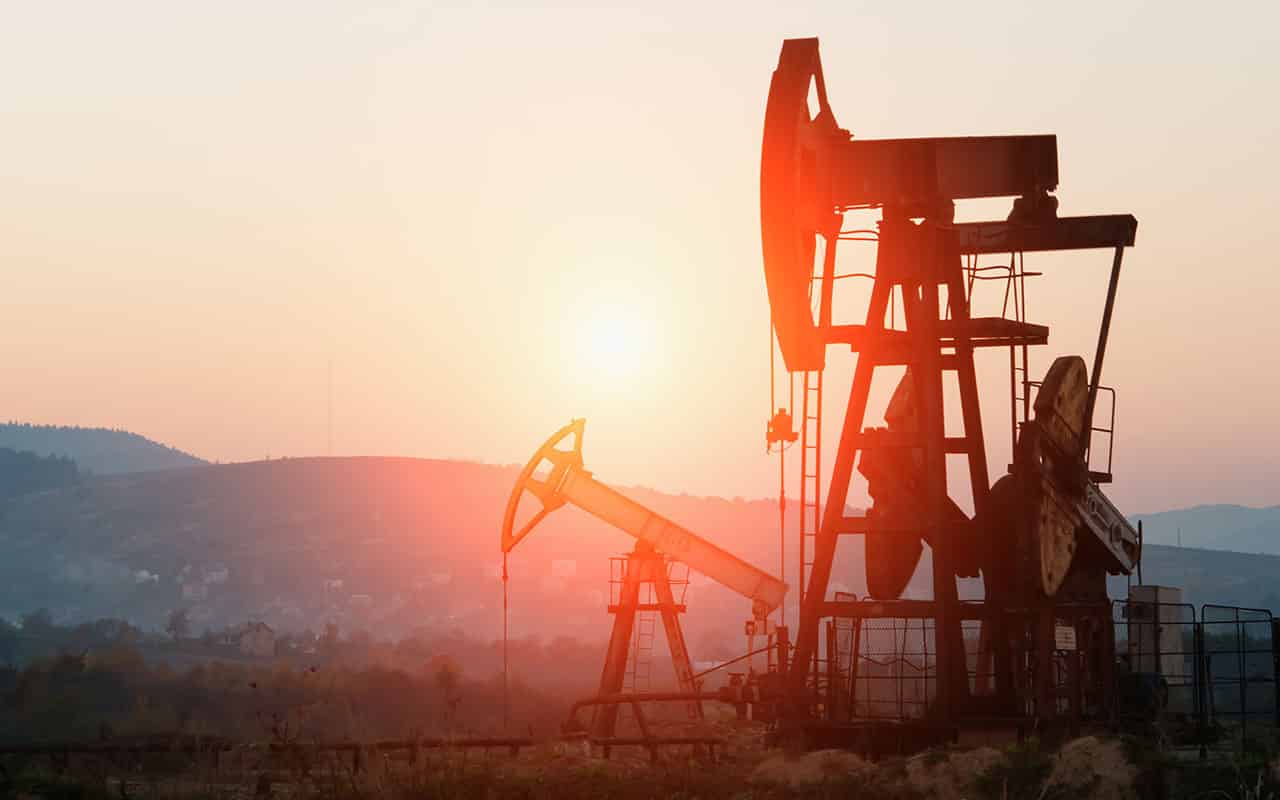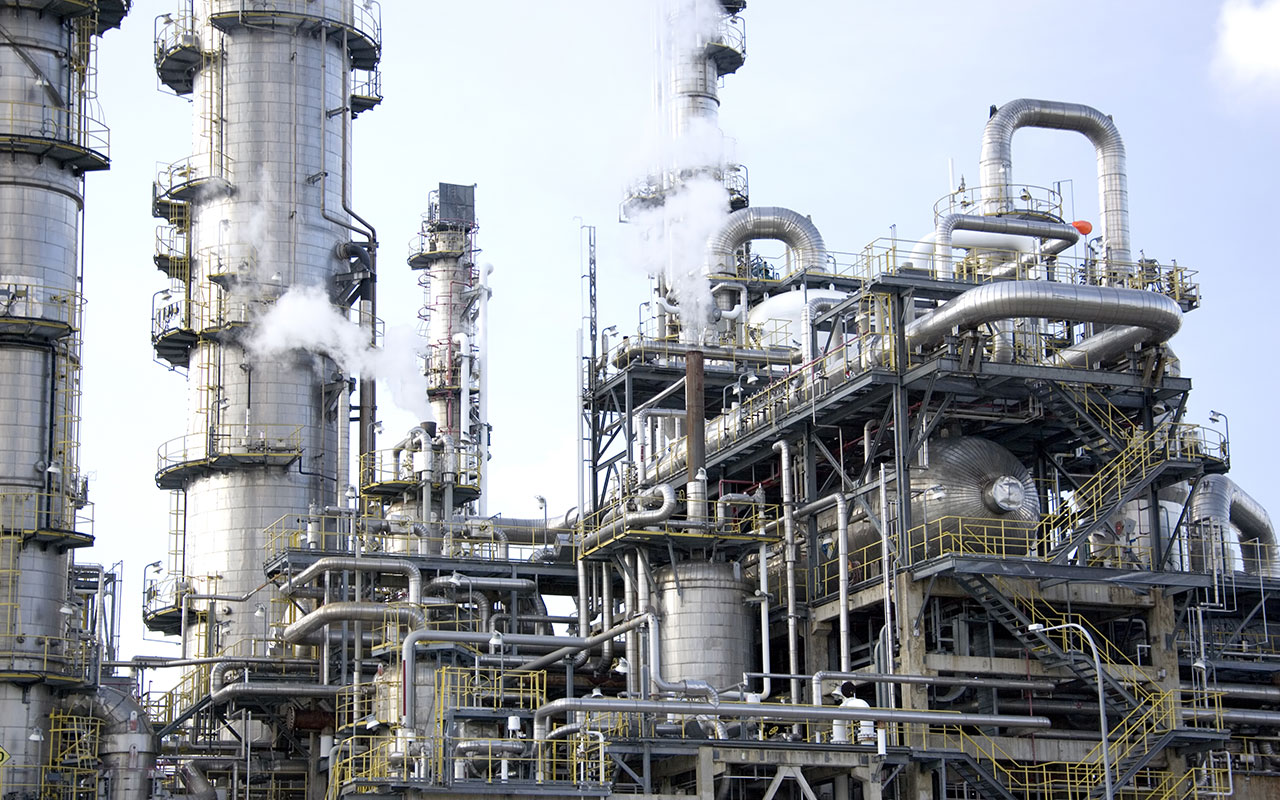




Acid tanks (commonly known in the oil & gas industry as ‘frac tanks’) are well-suited to serve many useful purposes across a wide variety of industries because of their mobility, versatility, and affordability.
Within municipalities, in particular, frac tanks can be used for a variety of different solutions regarding their utilities and public construction projects. Here are several ways that cities and towns can use frac tanks to their advantages.
Adding permanent water and wastewater solutions can take time and strain budgets. Frac tanks are an excellent temporary solution.
A city or town can use a frac tank and some pumps to completely re-route both a water pipeline or a natural waterway such as a creek.
VOCs, such as benzene, xylene (BETX), toluene, MTBE, and ethylbenzene are real concerns for any municipality. A frac tank can filter these hazards.
When there are municipal projects that unearth heavy metals, they must be dealt with as safely as possible. A frac tank can filter and dissolve these materials such as hexavalent chromium and zinc.
When utilities need expansion or repair, having access to temporary storage tanks, like a frac tank, can help expedite projects.
Municipalities can use frac tanks to help with trench shoring systems for lift stations, sewer pipes, and utilities.
A municipality can blend and deliver slurry products such as bentonite with a mobile frac tank.
Excavation often requires access to water, which a frac tank can provide on a mobile basis.
If an area of a town is flooded, a frac tank can be used to quickly pump out and remove that water, while also cleaning it for release at another location.
If a city or town has a contamination issue, a frac tank can be employed as an on-site solution for the treatment of contaminated dredging and groundwater.
Stormwater mediation is a common issue with many cities and towns. Frac tanks can be used to both store and treat stormwater wherever there is the greatest need.
Just as they are used at construction sites, frac tanks can be deployed around cities and towns to assist with grading dust control.
Acid tanks were designed for the fracking industry, but their unique design and capabilities have allowed a variety of cost-effective applications across numerous industries. Not only are frac tanks portable and convenient, but they also provide efficient means to store and treat liquids, particularly those of the hazardous variety.

In addition to the typical uses of acid tanks to store and transport fracking waste, frac tanks are often utilized in other industries because of their affordability, versatility, and portability.
Here are several alternative uses for frac tanks in refinery operations, in both temporary and permanent capacities.
Frac tanks can be used as temporary bypasses, pump stations, and storage solutions for refinery maintenance operations.
A frac tank can store the water, chemicals, or both that are used to clean refinery cooling towers.
Frac tanks can be used as temporary storage tanks in refinery operations.
A frac tank is larger and more versatile than the average dewatering box, making it an ideal choice for refineries.
Refining petroleum is a delicate process, and a frac tank can be employed to clean the units used for alkylation and isomerization.
As the most important conversion processes at a refinery, keeping catalytic crackers and hydrocracker units functioning is a top priority. Mobile frac tanks can rotate on a job site to provide this service.
A frac tank can be moved to any location to assist with the cleaning of a heat exchanger bundle.
A refinery operation might have permanent solutions in place to process chemicals and waste, but there are a variety of reasons why a temporary storage solution might be necessary. If there is a breakdown in the chemical processing system, this could back up the entire operation if there aren’t temporary storage solutions available or on hand. An unplanned boost in capacity can also create a demand for a temporary system.
Refineries are designed and constructed to handle a certain capacity, but demand services could push these operations to their limits. The immediate expansion is both costly and time-consuming, but there are ways that a refinery can quickly expand some of its operations with temporary solutions, such a frac tanks. Frac tanks can provide additional storage, maintenance, and processing power to an overloaded refinery system.
How to safely store hazardous chemicals is a real concern for many refinery operations. There are regulations on safely handling these chemicals through the Occupational Safety and Health Administration (OSHA) and the EPA. One safe way to store spent acids and caustics is by using frac tanks. These steel tanks are constructed to handle and hold dangerous and corrosive materials such as the ones commonly found at a refinery.
Temporary storage tanks at refinery sites might come at a premium, and the benefit of using frac tanks to store gasoline and quench oil is twofold. The tanks are portable, so they can be moved to wherever they are most needed. This is also an economical storage choice, giving a refinery more storage capacity for less economic investment than some other options.
Refinery operations invariably deal with chemicals, some more harmful than others. One challenge for these companies is finding a safe and economical way to store organic and inorganic chemicals. Fortunately, frac tanks can be used for this purpose and are used to store such things as sulfuric chloride, demineralized water, hydrosodium, phosphate water, MEA, and DEA.
Most refineries produce some off-spec products, and a frac tank is one way to store these liquids.
When a pipeline is leaking, a frac tank can provide an emergency containment solution.
Frac tanks provide a portable solution to plant sewer maintenance.
A frac tank can help refineries efficiently and cost-effectively clean crude and slop tanks.
A frac tank can hold cleaning chemicals and deliver pressurized solutions for equipment cleaning.
Aside from the normal frac usage for which the tanks were designed, frac tanks are now being utilized extensively in the oil and gas industry for a variety of purposes. Here are some of the top alternative uses for frac tanks.
The United States currently generates 15-20 billion barrels of produced water annually from energy exploration and extraction activities. The U.S. Department of Energy reports that every barrel of oil generated globally produces an average of three barrels of water. When an oil & gas project produces water, one option for storage is to create a fixed storage tank. This choice has economic and environmental implications as these tanks are both expensive to build and subject to local and federal regulations. Energy companies today pay anywhere from $3-$12 to dispose of each barrel of produced water, and frac tanks can ensure that a company’s costs are on the lower end of the spectrum.
In the oil and gas industry, having an efficient filtration system is crucial to the performance and reliability of the systems that process the site’s petroleum products. An optimized filtration and separation system can help a company increase their process performance, lower maintenance costs, reduce downtime, and improve overall operating efficiencies
Frac tanks that are properly configured can deliver advanced filtration services on site with several benefits. The tanks are mobile, so site operators can quickly move them to where they are most needed. Cost savings from using frac tanks can help operators maximize profitability while also reducing the carbon footprint from the operation. Good filtration technology combined with a frac tank can also allow a company to reduce materials handling and maintenance, increase project uptime, retain more valuable product, and improve site safety.
Well owners want to maximize their profits while running a safe operation that also adheres to all health, safety, and environmental regulations. Nearly any type of good operation is going to produce flowback and produced water. A frac tank can be turned into an integrated treatment system for flowback that separates solids from waste streams. The process uses targeted chemicals to pull oils and solids (TSS) out of suspension and then a mechanism that removes those solids from the flowback and produced water.
A frac tank treatment system consists of several components: one to apply chemicals to the flowback, and another to physically separate solids from the remaining liquid. One of these mobile systems is the smartest way to manage the filtration of flowback and produced water at any oil and gas work site.